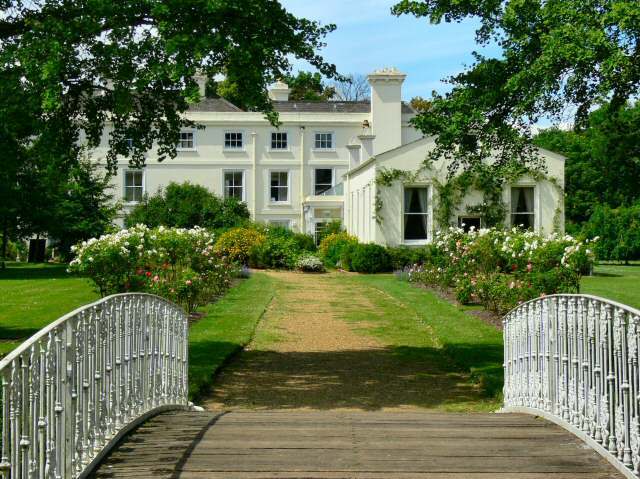
National Trust property, Morden Hall, the residence at the heart of Morden Hall Park, was built in 1770, replacing a Tudor mansion called Growtes.
In the distant past, as recorded in 1066, the estate was an area of marshland, owned by Westminster Abbey. In the late 1530s, Henry VIII sought to end the Pope’s authority in England and disbanded many properties associated with the Catholic church – the Dissolution of the Monasteries.
The estate at Morden remained the property of the Crown until 1553, when Edward VI sold it to prominent Protestants, Edward Whitchurch and Lionel Duckett. Whitchurch was involved in the printing of a Protestant bible and prayer books.
Edward VI died a week after the sale, to be succeeded by Mary a zealous Catholic, so Whitchurch went into hiding, selling the estate to Richard Garth in 1554.
Five generations later, it was Richard Garth V who built the current Morden Hall, but, following his death in 1787, his daughters didn’t want to live so far out of London and they left.
Various tenants occupied the hall until 1834, when the Hatfeild Family bought the estate and ran their snuff-producing industry, using mills powered by the waters of the River Wandle.
The Hatfeilds remained owners of Morden Hall until they donated it to the National Trust in 1941.
Today, Morden Hall stands at the centre of Morden Hall Park, which offers many activities and fascinating reminders of an industrial and social heritage spanning centuries. After extensive refurbishment, the hall itself will open to the public in September 2015.
Discover the park
- Address:
- Morden Hall, Morden,
Greater London
SM4 5HX - OS Grid Ref:
- TQ 25963 68657
- Directions
- Find out how to get here

